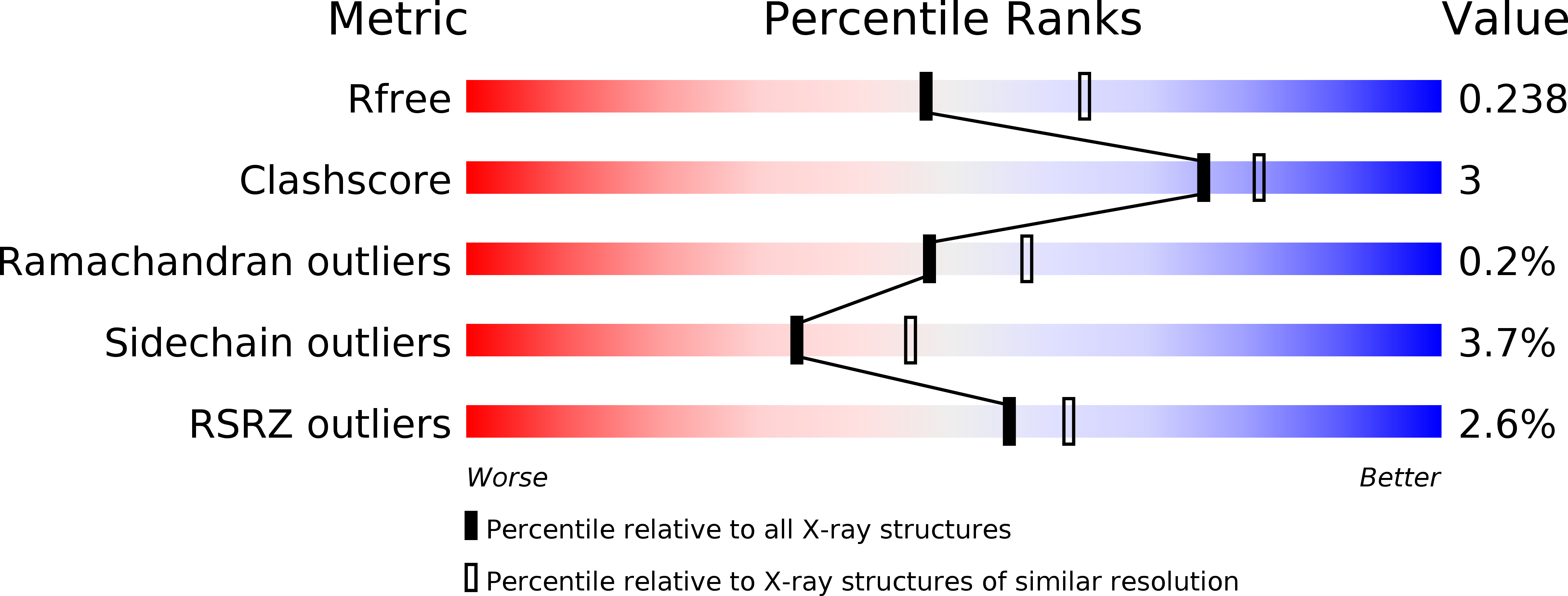
Deposition Date
2012-01-11
Release Date
2012-02-22
Last Version Date
2024-10-09
Entry Detail
PDB ID:
4D9Q
Keywords:
Title:
Inhibiting Alternative Pathway Complement Activation by Targeting the Exosite on Factor D
Biological Source:
Source Organism:
Macaca mulatta (Taxon ID: 9544)
Homo sapiens (Taxon ID: 9606)
Homo sapiens (Taxon ID: 9606)
Host Organism:
Method Details:
Experimental Method:
Resolution:
2.28 Å
R-Value Free:
0.23
R-Value Work:
0.18
R-Value Observed:
0.19
Space Group:
C 1 2 1


